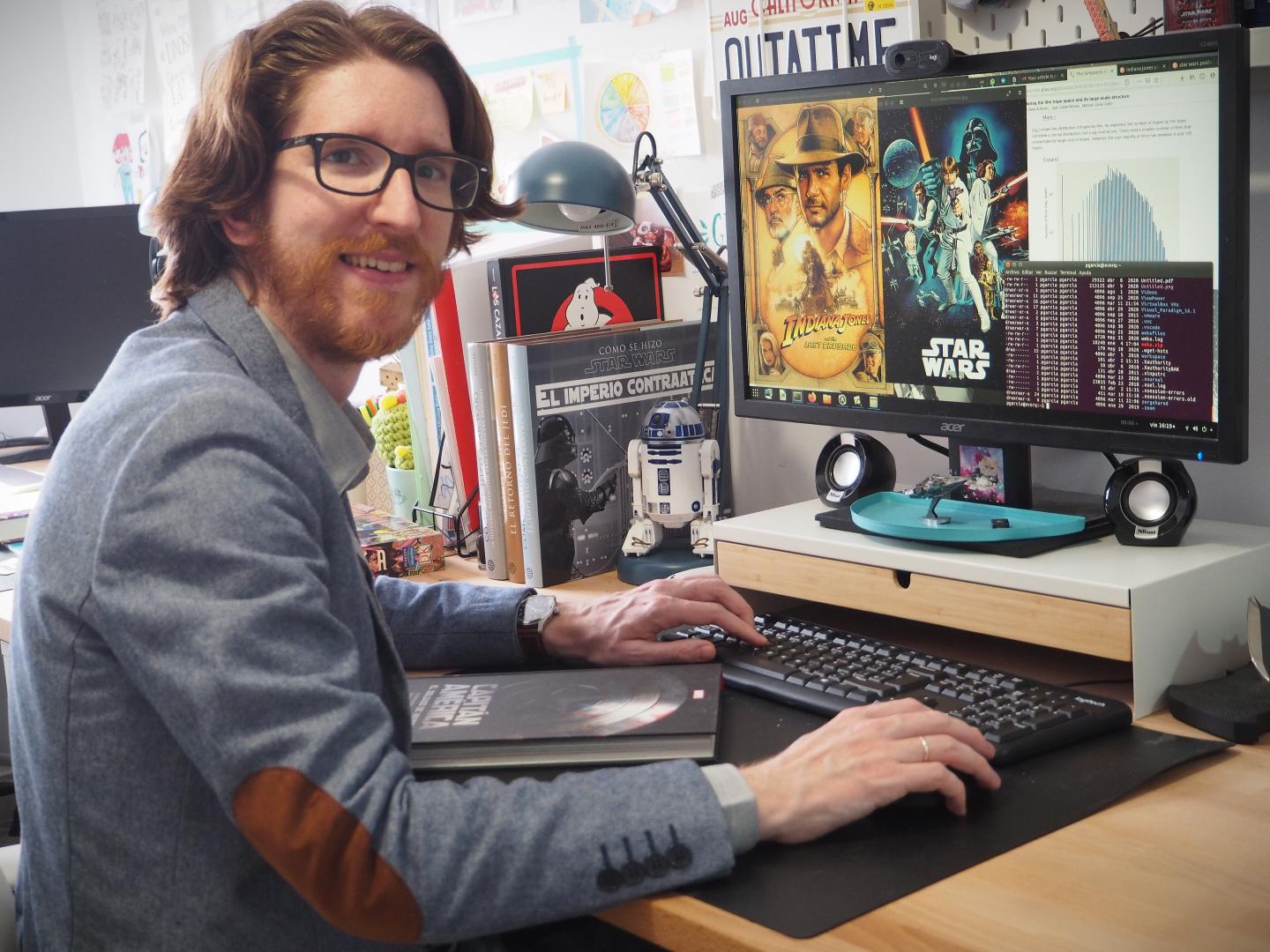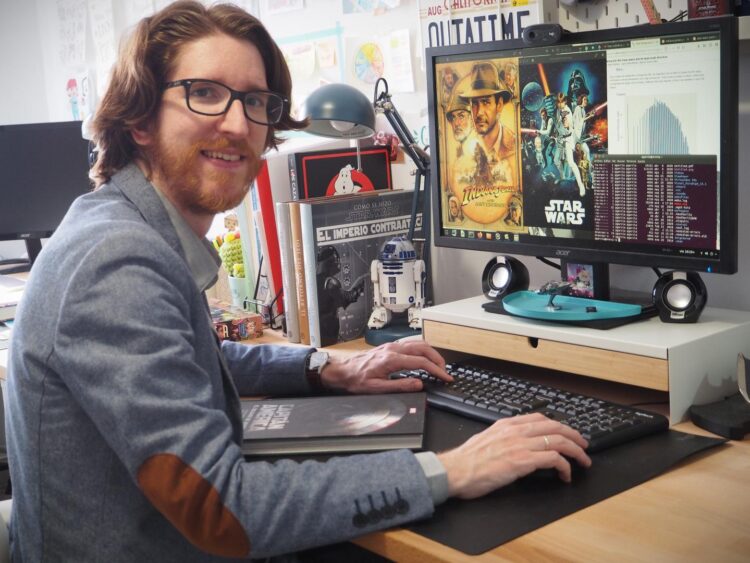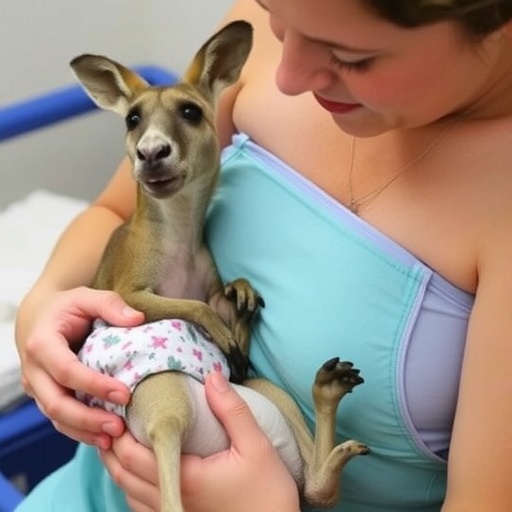
Credit: University Of Granada
Could the next Hollywood blockbuster be written by a computer? Scientists from the University of Granada (UGR) and the University of Cádiz (UCA) have designed the world’s first computer system based on artificial intelligence techniques that can help film scriptwriters create storylines with the best chance of box-office success.
The researchers focused their analysis on the “tropes” of existing films–that is, the commonplace, predictable, and even necessary clichés that repeatedly feature in film plots, based on rhetorical figures. These storytelling devices and conventions enable directors to readily convey scenarios that viewers find easy to recognise.
As tropes are ideas that are employed repeatedly throughout different films or series, it is often said that virtually all storylines have already appeared in the television series “The Simpsons”. This reflection provided the inspiration for the title of the article about this new study, which has just been published in the prestigious journal PLOS ONE: “The Simpsons did it: Exploring the film trope space and its large scale structure”. Its authors are Pablo García-Sánchez and Juan Julián Melero, from the UGR’s Department of Computer Architecture and Technology, and Antonio Vélez and Manuel Jesús Cobo from the Department of Computer Engineering at the University of Cádiz.
Examples of tropes
García-Sánchez, the lead author of the original study, explains: “Some examples of tropes would be the inevitable villain that the heroes must take on in Marvel films; the detective who hands over his badge and gun; the protagonist’s arrival in hell (used in dramas and thrillers such as “Cell 211” or “Below Zero”); the hero’s journey (which dates back thousands of years, such as in Homer’s Odyssey, but also features in films such as “Star Wars”, “The Lord of the Rings”, and “Harry Potter”); or the well-kept secret that is suddenly revealed, disrupting the entire plot of a psychological thriller.”
The researchers devised a methodology to understand how tropes operate, to visually represent how they relate to one another and to different genres, and, above all, to infer which combinations might be the most successful in creative terms. In other words, using artificial intelligence, their study sought to predict which narrative devices or plot twists may or may not work well with audiences.
To achieve this objective, the researchers consulted an online database called TVTropes, which includes more than 25,000 tropes associated with 10,766 films. This platform is continually updated by fans, making it ideal the ideal source of data for the researchers to analyse. Using the free TropeScraper software, developed at the UGR, they scraped or extracted a list of tropes used in the films and then conducted a mapping exercise based on the user rating and popularity (number of votes) for each film, according to the IMDb website.
The network analysis of these tropes (in what the UGR and UCA researchers have dubbed the “troposphere”) was conducted using programmed algorithms to reveal the relationship between the films that share similar tropes and thus build a picture of the existing communities of tropes and communities of films. Using this method, they were able to measure the popularity of the tropes and determine whether they were transversal (general or basic) across all films or highly specific/specialised, and whether they were on the rise (emerging tropes) or, on the contrary, on the decline.
Assisting the creative process
“This research can help film scriptwriters and directors during the creative process. While our system is not yet equipped to write automatically (although that’s our next step), it does provide the resources with which to determine what combination of ideas (tropes) may work best,” notes García-Sánchez.
The inspiration for the study came when the researchers began to question the over-simplicity of the “same old” characters used repeatedly in video games that quickly become boring. García-Sánchez continues: “We began to wonder how we could model the characters in such a way that they would provide a more interesting experience.”
Thanks to the interrelationship between tropes, the films in which they appear, and the ratings given by users to each of these tropes, “depending on the combination and design of the actions based the tropes, we can now broadly ascertain the level of interest each kind of storyline is likely to generate,” explains García-Sánchez.
“For example, some tropes are thematic, so what if we mix tropes that, on the face of it, are very different? What if we were to mix those from science fiction with those that typically appear in musicals in the same film, would that work?” This is just one of the inquiries being conducted by the researchers, who also plan to analyse in more depth which areas of the troposphere receive more attention and are currently enjoying growing success or, conversely, are causing interest to decline.
Using this same procedure, it would also be interesting to study the evolution of tropes in a given genre, country, or decade, and to better understand audience consumption and the viewing public’s interaction with audio-visual productions.
###
Media Contact
Pablo García
[email protected]
Original Source
https:/
Related Journal Article
http://dx.





